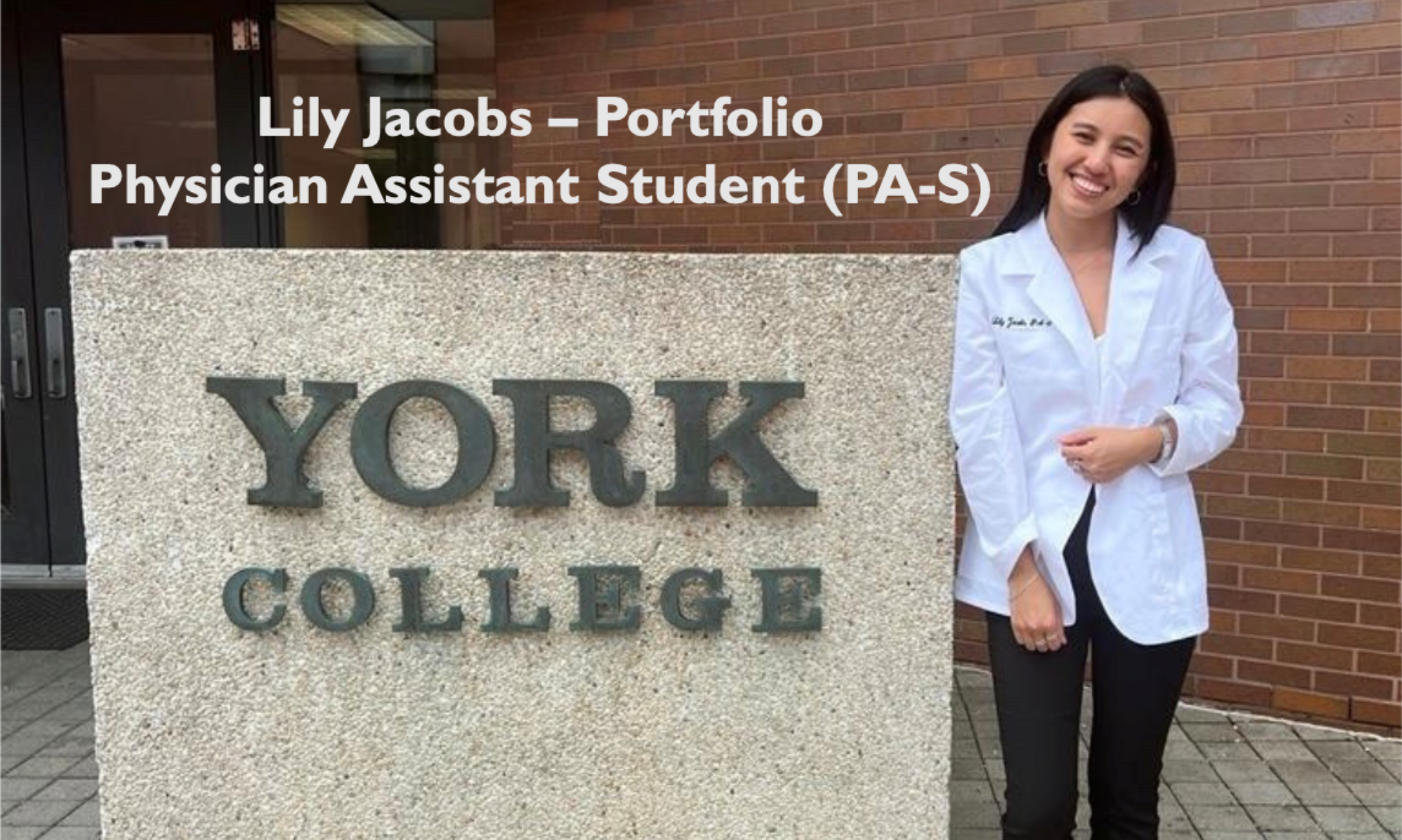How and When Should NSAIDs Be Used for Preventing Post-ERCP Pancreatitis? A Systematic Review and Meta-Analysis
Endoscopic Retrograde Cholangiopancreatography (ERCP) is a vital diagnostic and therapeutic procedure in the medical field that was developed in 1968. It is primarily used for evaluating and treating conditions affecting the biliary and pancreatic ducts, by insertion of an endoscope through the mouth and into the duodenum to access the bile ducts and pancreas. ERCP is valuable for diagnosing diseases such as gallstones, pancreatitis, and tumors, allowing for precise localization and tissue sampling. It also enables the removal of gallstones or the placement of stents to relieve obstructions. The most common complication post-ERCP is pancreatitis, followed by infection, bleeding, or perforation of the bile or pancreatic duct. A variety of medical and surgical strategies have been studied for reducing the risk of post-ERCP pancreatitis (PEP), with the most effective methods being temporary pancreatic duct stenting and rectal NSAID.
In a 2014 systematic review, researchers aimed to determine the most effective NSAID for preventing post-ERCP pancreatitis and identify specific patient populations and administration routes where NSAID usage could be superior. They conducted an extensive search across Scopus, Medline, Cochrane Library, and ISI Web of Knowledge to locate randomized control studies with primary outcomes focused on NSAID efficacy in preventing PEP. They also examined secondary outcomes, including the effectiveness of NSAIDs in reducing the severity of moderate-severe pancreatitis, adverse effects associated with NSAID use, the duration of hospitalization, and mortality rates. Among the 9 studies identified, the results revealed that a single rectal dose of either indomethacin or diclofenac, administered immediately before or after ERCP, significantly reduced the risk of pancreatitis in both high-risk and average-risk patients, regardless of whether a stent was placed. Specifically, the incidence of pancreatitis was 7.4% (80 out of 1077 individuals) among those who received NSAIDs, compared to 14.6% (154 out of 1056 individuals) among those who did not, resulting in a reported risk ratio of 0.51 and a number needed to treat of 14. Analyzing the secondary outcomes, it was found that both indomethacin and diclofenac statistically lowered the risk and severity of pancreatitis, with the rectal route proving to be the only effective route compared to other administration routes like oral and intramuscular. While a decrease in hospital stay was observed in some studies, further investigations are required to confirm this association. Notably, the researchers also observed that these results were not statistically significant for males and the elderly; however, this discrepancy may be attributed to the limited sample sizes in some of the studies.
The findings of this study provide evidence that the safe administration of rectal NSAIDs before or immediately after ERCP effectively reduces the risk of post-operative pancreatitis. Remarkably, this benefit extends to individuals of all risk profiles, regardless of whether a stent was inserted during the procedure. The comparable efficacy observed in cases with and without stent placement suggests that this approach could offer a cost-effective strategy for preventing PEP.
It is important to acknowledge certain limitations in the study. The researchers reported one limitation to be the possibility of an erroneous high estimation of risk reduction due to the high prevalence of PEP in the control group which could be attributed to many studies focusing on high-risk individuals, a second limitation to be the inclusion of three low-quality studies though their removal yielded similar results in the main analysis, a third limitation to be different methods in assessing the severity of the condition (e.g Ranson’s criteria or CT findings), and the final limitation being the study’s reliance on relatively small sample sizes.
Source:
Puig, Ignasi et al. “How and when should NSAIDs be used for preventing post-ERCP pancreatitis? A systematic review and meta-analysis.” PloS one vol. 9,3 e92922. 27 Mar. 2014, doi:10.1371/journal.pone.0092922
 Loading…
Loading…


